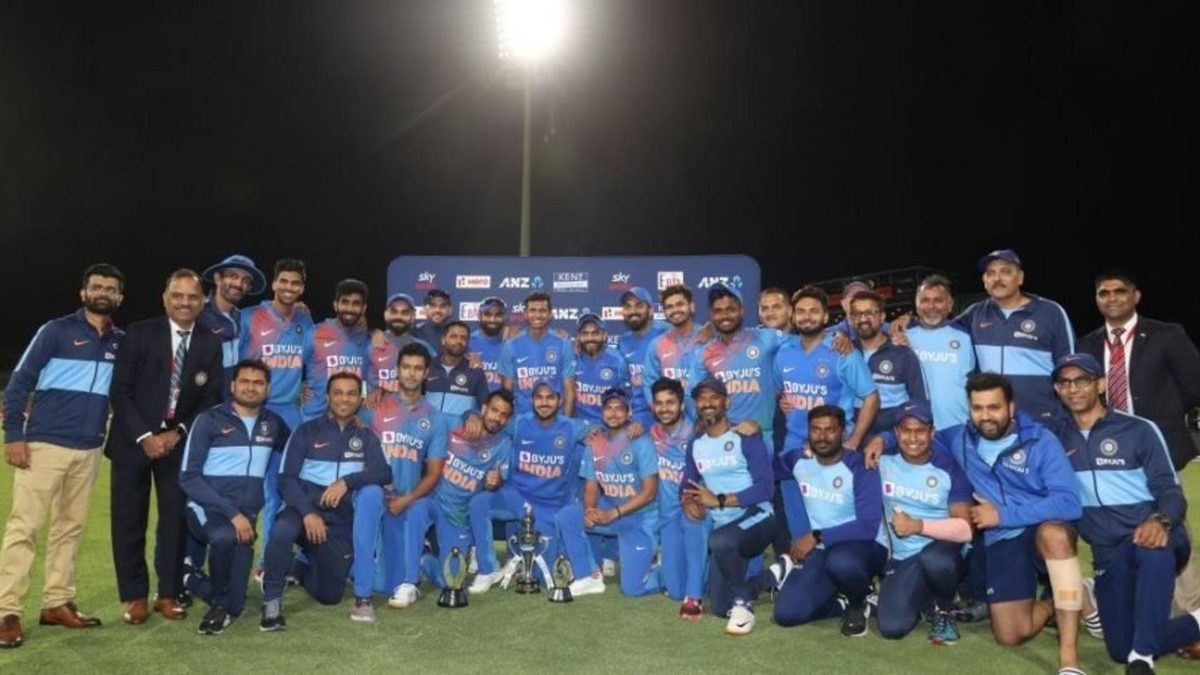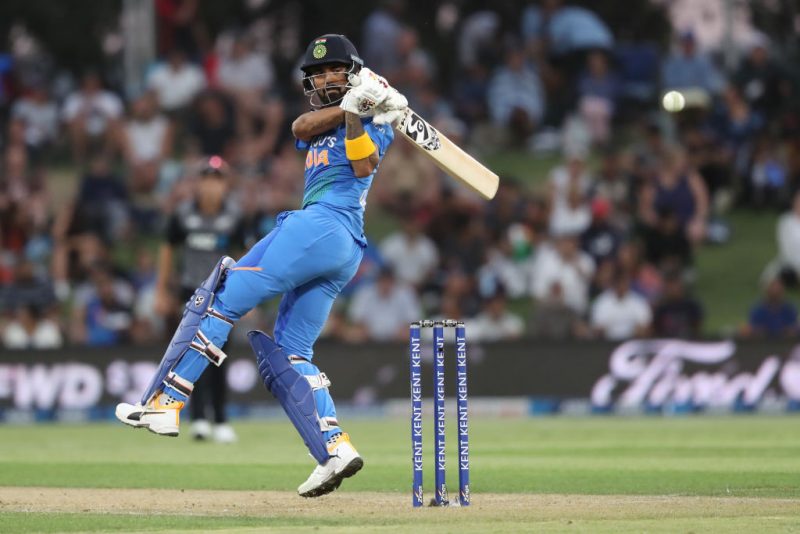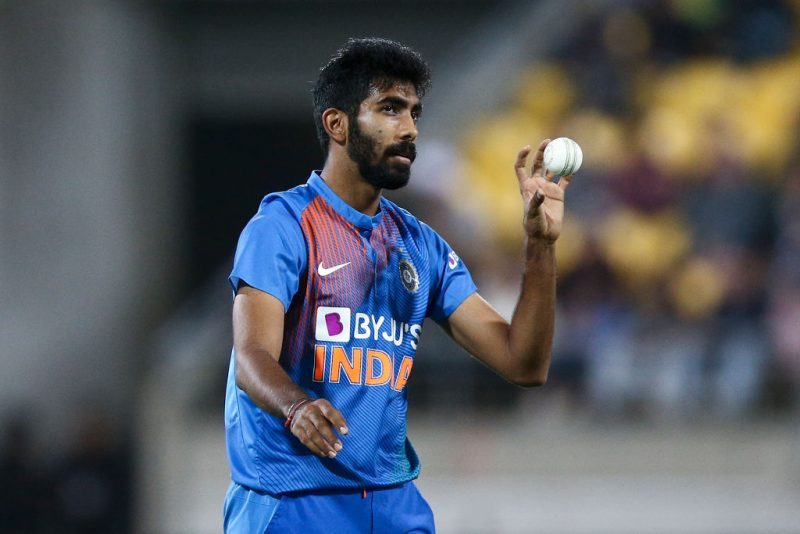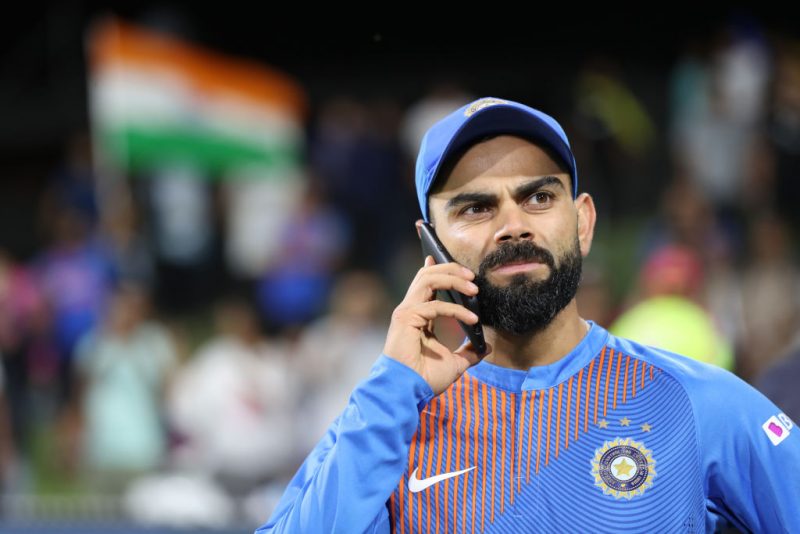
Despite what the scoreline might suggest, India’s T20I series whitewash against New Zealand wasn’t served on a platter to the tourists. Far from it. They scrapped their way back from difficult positions in each of the last three games, including back-to-back super over victories.
Rishad D’Souza picks the player ratings for India after their 5-0 T20I whitewash of New Zealand, the first of its kind in T20Is, with each player to feature marked out of 10.
In the third game, New Zealand required two off the last four balls with Kane Williamson on 95 and on strike, but India still managed to take it to a super over and clinch victory. New Zealand seemed to be cruising in the fourth game but India’s bowlers sparked a collapse to again take it into the tie-breaker. In the final match, after scoring 163-3, they reduced the hosts from 116-3 to 133-8, eventually winning by seven runs.
The resultant clean sweep – only the second instance of New Zealand getting blanked on home soil in a series of five or more matches in any format – was built on a series of brilliant individual contributions, but not everyone had a series to remember.
Here are Wisden’s the India player ratings for their T20I series against New Zealand, with marks given out of 10:
KL Rahul – 9.5
KL Rahul stacked up 224 runs, including two fifties at an average of 56. He was also instrumental to India’s super over win in the fourth game, smashing a six and a four off the first two balls in India’s chase of 14. He may not have done anything to spectacular with the gloves, but was consistent and gave no reason to complain.
 KL Rahul is a shade off a perfect score in Wisden’s India player ratings v New Zealand
KL Rahul is a shade off a perfect score in Wisden’s India player ratings v New Zealand
With Virat Kohli rested and Rohit Sharma having picked up an injury in the first innings, Rahul took on the captaincy in New Zealand’s chase of 164 in the fifth game. He used Jasprit Bumrah astutely and the bowlers were unafraid to bowl aggressively under his watch. The result was a stunning come-from-behind victory for India.
Jasprit Bumrah – 9
There’s a theory that Jasprit Bumrah is often not the leading wicket-taker in a series because he’s so good that teams are forced to play him out. But despite exercising extra caution against him – as his economy rate of 6.45 reflects – New Zealand still lost six wickets to him in the five games. He also bowled both super overs for India, and while he conceded 17 in the first of those, India still won.
 Jasprit Bumrah starred both in India’s main matches and in the super overs
Jasprit Bumrah starred both in India’s main matches and in the super overs
Rohit Sharma – 8.5
Rohit Sharma looked at his fluent best. In four innings he made two fifties, the second of which took him past Kohli for in the shortest format. He scored his runs at a strike-rate of 150, meaning he consistently gave India starts that were both brisk and solid.
Shardul Thakur – 7.5
After going for plenty in the first two games, Shardul Thakur responded superbly in the final three. His knuckle-ball proved to be a real asset and contributed to his tally of eight wickets, and it was often needed, with his line and length going awry on occasion when he opted for his full-pace ball, and his economy rate of 9.52 is a little on the high side.
When it counted, however, he got it right defending just six runs in the final over of New Zealand’s chase in Wellington to set up a super over. His crucial partnership with Pandey in that same game proved crucial as well.
Manish Pandey – 7.5
Coming in at No.5 and No.6, Manish Pandey didn’t get too many chances, but he cashed in whenever he did. Walking in to bat at 52-3 in Wellington and then seeing India slip further to 88-6, Pandey played the situation superbly, forging sizeable partnerships with Thakur and Navdeep Saini to help India to a competitive 165-8. He finished that innings with 50* off 36 balls, shifting gears like an expert. In all, he made 89 runs in the series at a strike-rate of 153.44 and didn’t get out once.
Ravindra Jadeja – 7.5
Ravindra Jadeja played three games, picking up four wickets at 14.75, while conceding less than six runs an over. The lure of wrist-spinners’ wicket-taking abilities is remains strong, but Jadeja keeps reminding the management that the reliability of the finger-spinner must not be overlooked either.
Navdeep Saini – 7
In the two matches he played, Saini showed what the fuss is about. He bowled with hostility, letting rip some sharp bouncers as well as yorkers almost at will. He picked up the two key wickets of Tim Seifert and Ross Taylor, both of whom had made fifties, in the final game, which helped dramatically swerve the game India’s way.
Shreyas Iyer – 7
Iyer seems to be cementing his spot at No.4 in India’s white-ball setups. He played an instrumental role in India’s chase of 204 in the first game, where he made a 29-ball 58* to see India over the line. His 44 in the second match ensured the visitors had no hiccups in their chase of 133, but his slow scoring towards the end of the series knocked a few points off his tally.
Virat Kohli – 6.5
It probably won’t count for much but New Zealand may reflect on this series and think of how they restricted the Indian captain as a positive. In four innings, he failed to get past fifty – a rare occurrence for him. He scored 105 from four innings and his strike-rate of 131.25, while good, wasn’t decisive to India’s fortunes.
 “What do you mean I only got a 6.5 in Wisden’s India player ratings v New Zealand?”
“What do you mean I only got a 6.5 in Wisden’s India player ratings v New Zealand?”
Mohammed Shami – 6
The ace fast bowler wasn’t at his best in this series. In three matches, he picked up only two wickets and conceded runs at almost nine an over. But both wickets came in the final over of New Zealand’s chase in Hamilton. The hosts required nine to win and all hope seemed lost when Taylor hit the first ball for six. But Shami dismissed Williamson on 95 two balls later and off the last ball, with New Zealand requiring only one run, he got one to tail into Taylor to rattle his stumps, thus setting up a super over.
Washinton Sundar – 5.5
Sundar did his role well in the two games he played. His reliably accurate off-breaks with the slightest variations helped keep New Zealand’s batsmen in check. When Munro tried to attack him in the fifth and final game, he perished after hitting a four and a six. While his economy rate of close to nine doesn’t inspire much confidence on face value, it must be remembered that he was often tasked with bowling in the powerplay, an especially challenging proposition on small New Zealand grounds and pitches that offer little assistance.
Yuzvendra Chahal – 5
It was an unremarkable series for the leggie, his five matches yielding three wickets with an economy rate of 8.35. Not too bad, but nothing to write home about.
Shivam Dube – 2
India are desperate to develop more seam-bowling all-rounders owing to the balance they can lend to the side, but Shivam Dube’s performances this series haven’t done much to suggest he’s the player they are after. In five knocks, he scored just 41 runs at an average of 10.5, while striking at a mere 117.14. Things weren’t much better for him with the ball as he conceded 102 runs from his nine overs, 34 off which came off a single over in Mount Maunganui, meaning he now holds the dubious distinction of conceding the in T20I cricket after Stuart Broad.
Sanju Samson – 1
The wealth of talent in India means newcomers have to take every opportunity that comes their way. Sanju Samson has had three recently, two of them in this series, and he’s failed to make an impression. Opening the innings on both occasions, he made scores of only eight and two, falling to poorly executed aggressive shots both times. He has the talent to reverse his fortunes, but opportunities in this Indian set up come at a premium.








